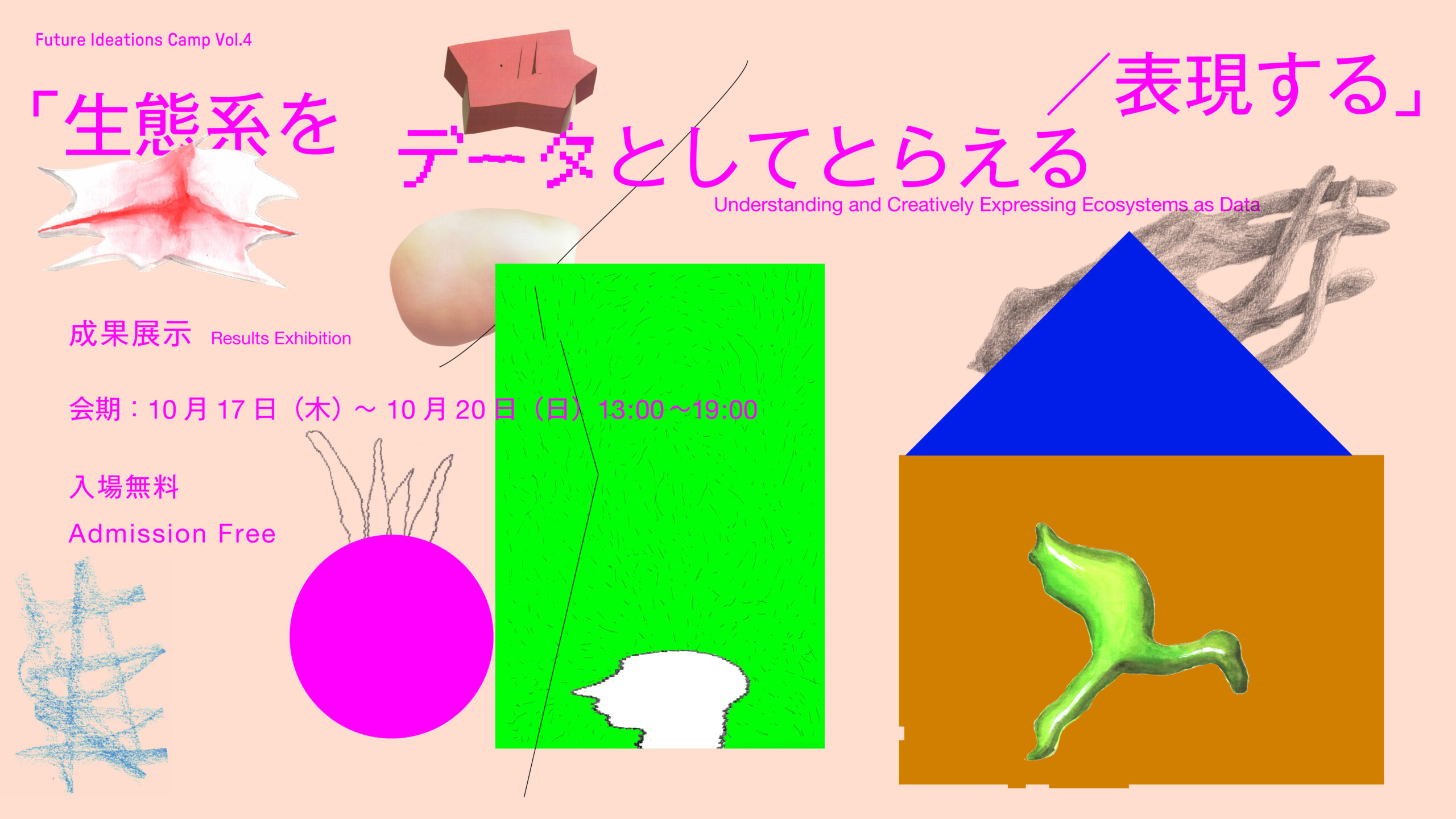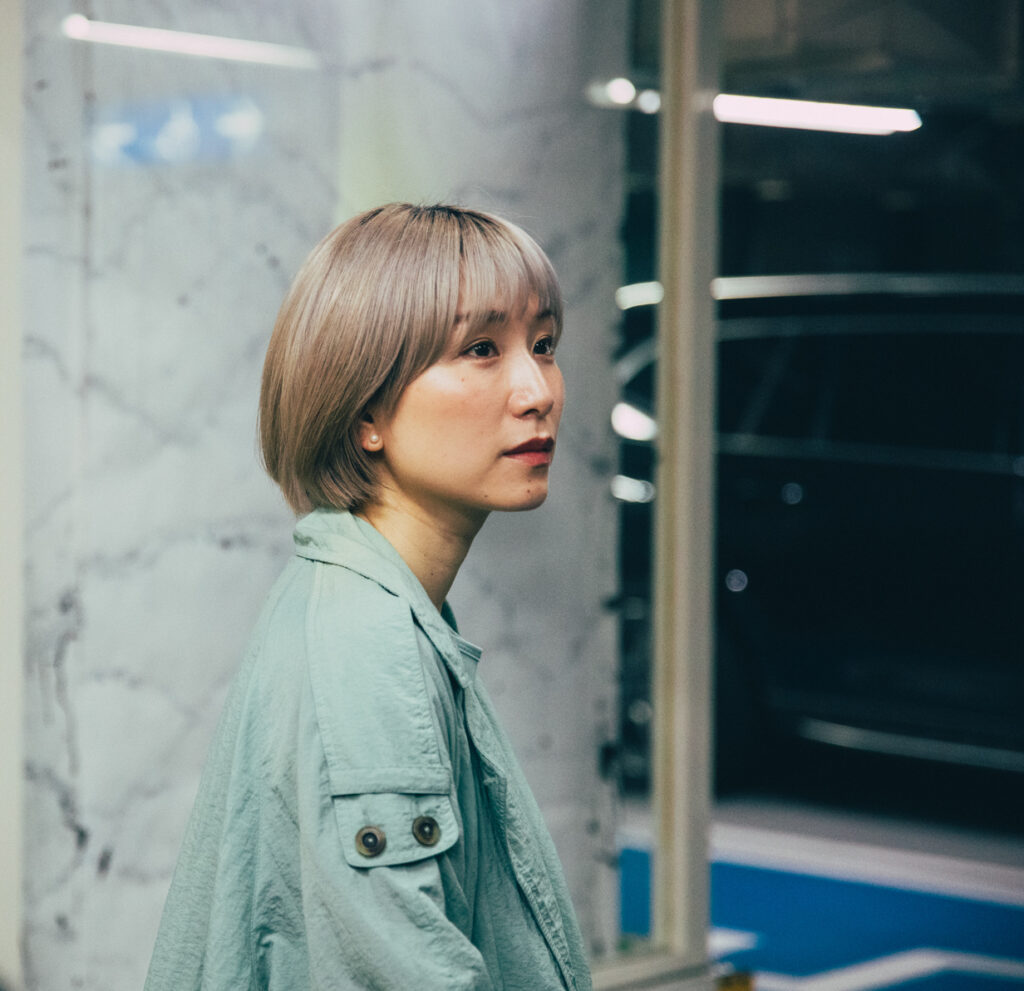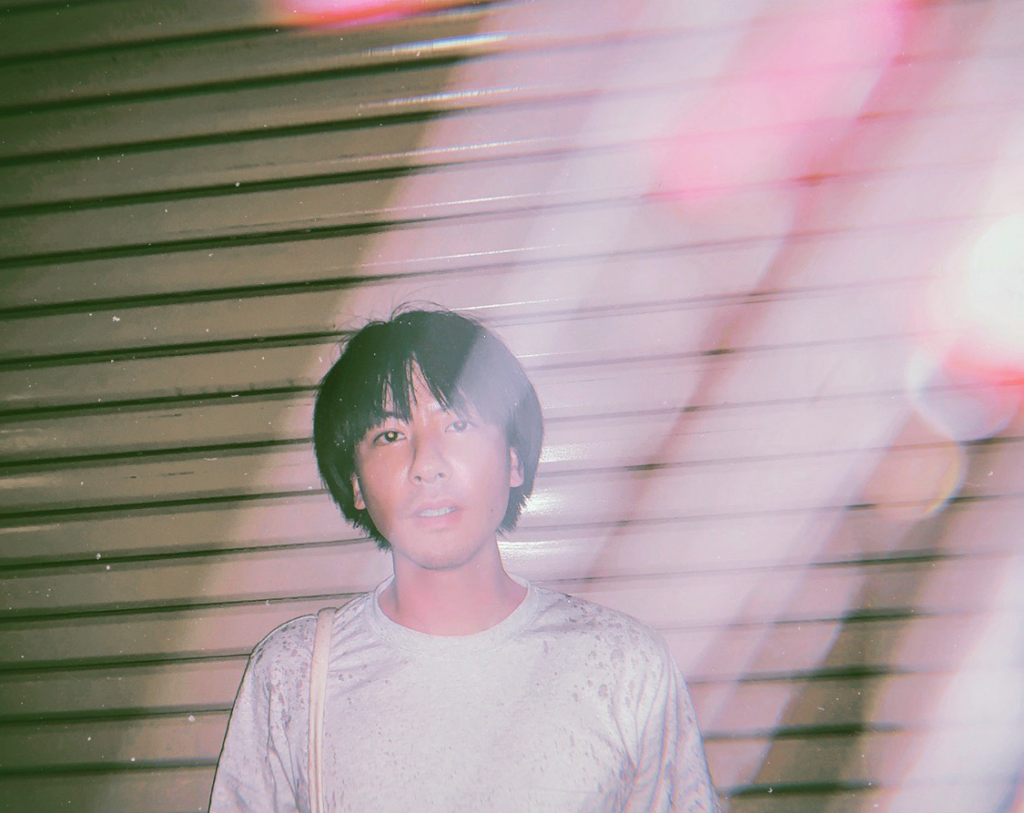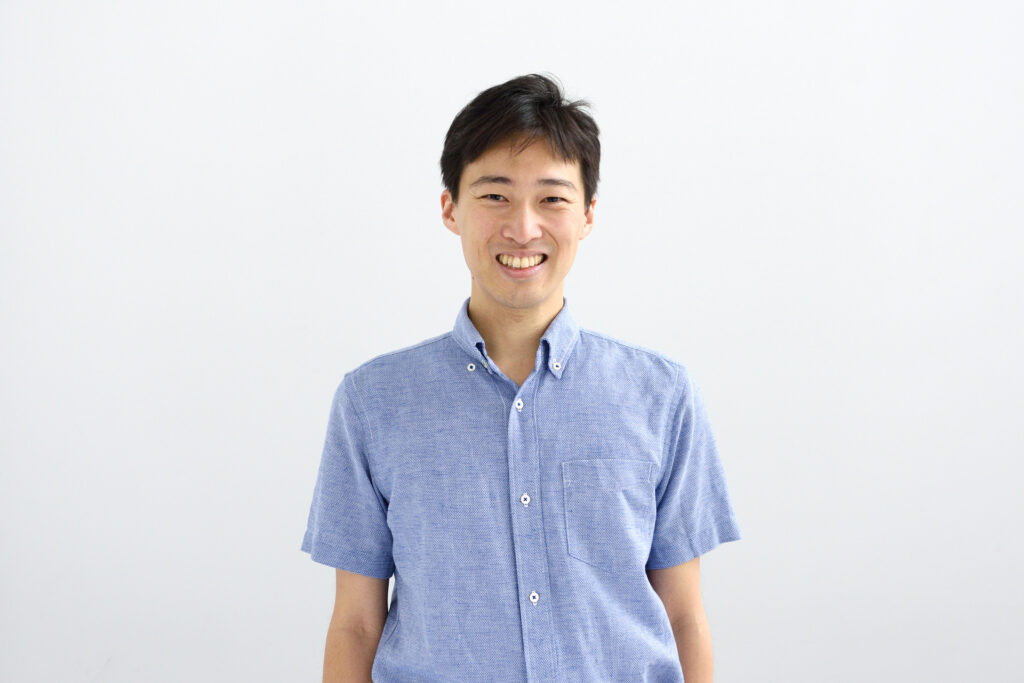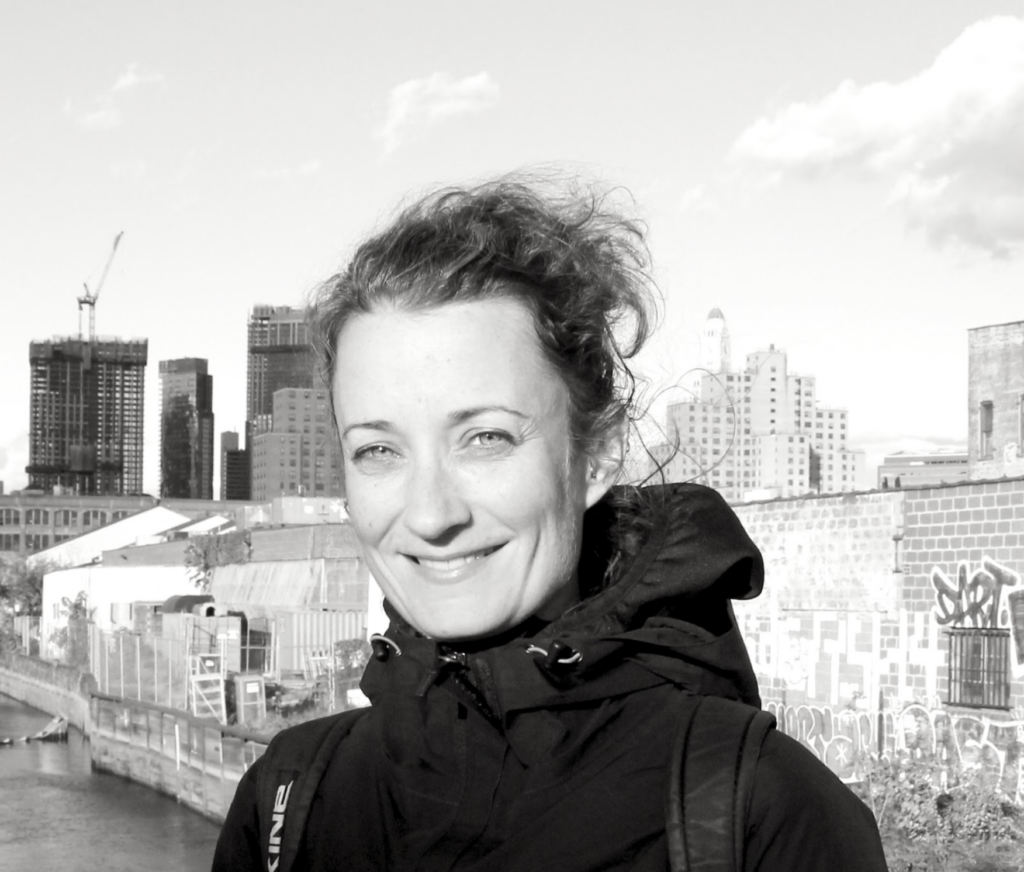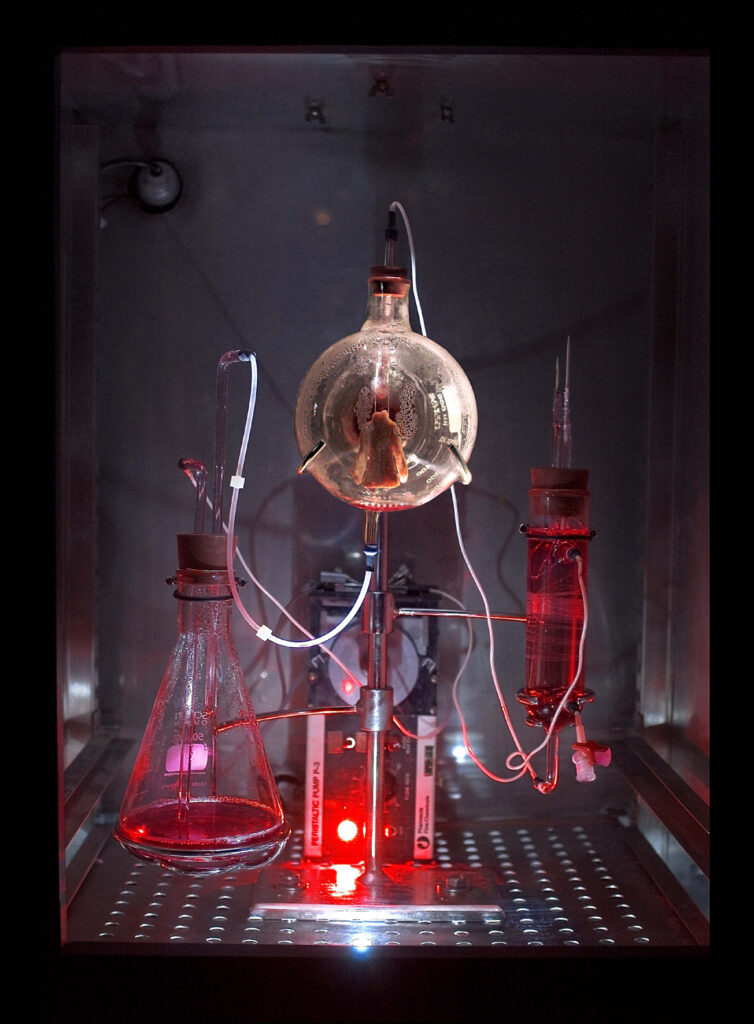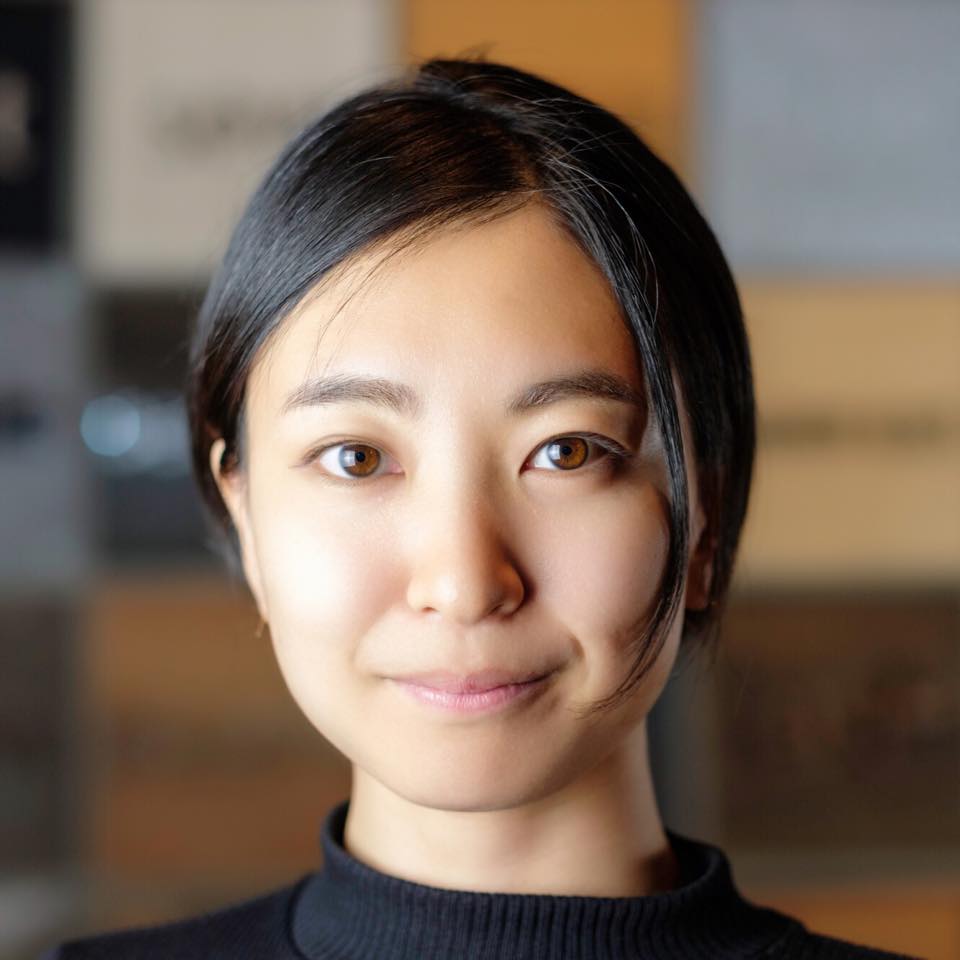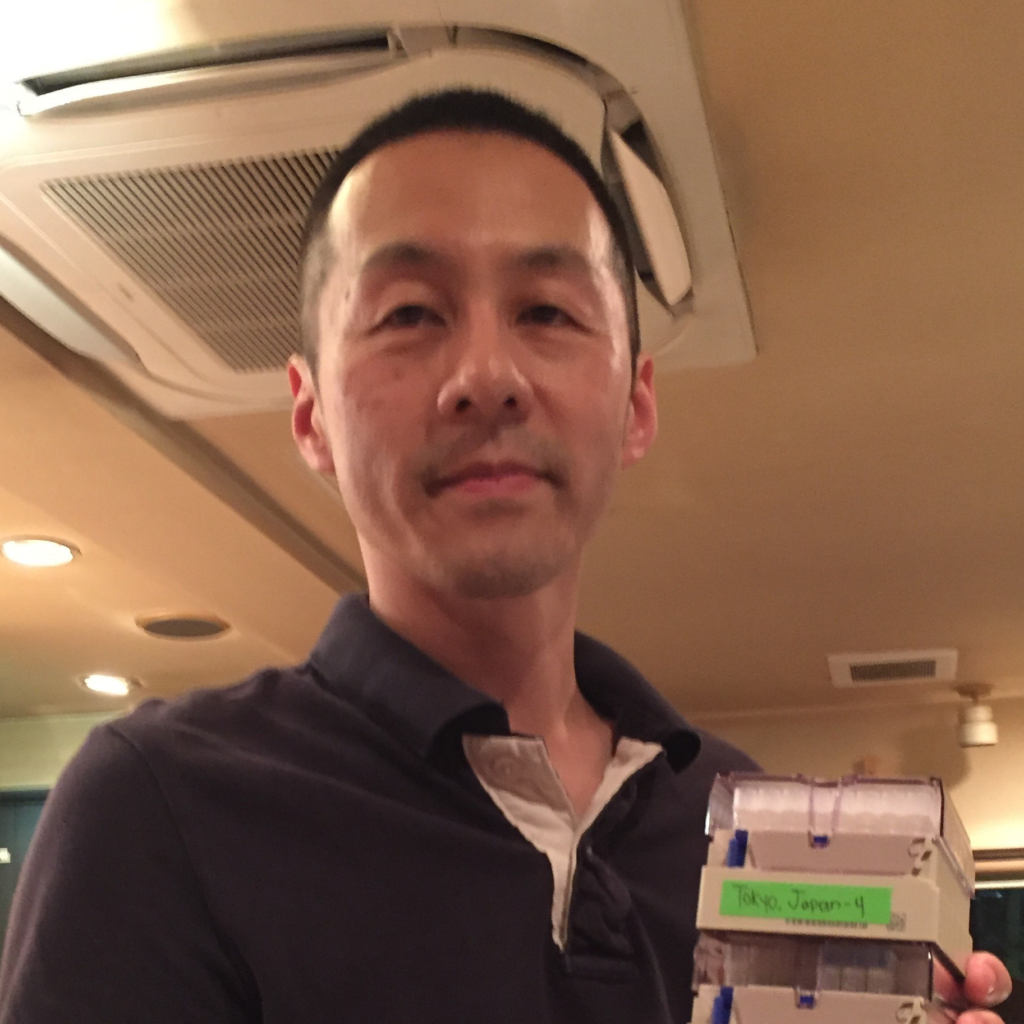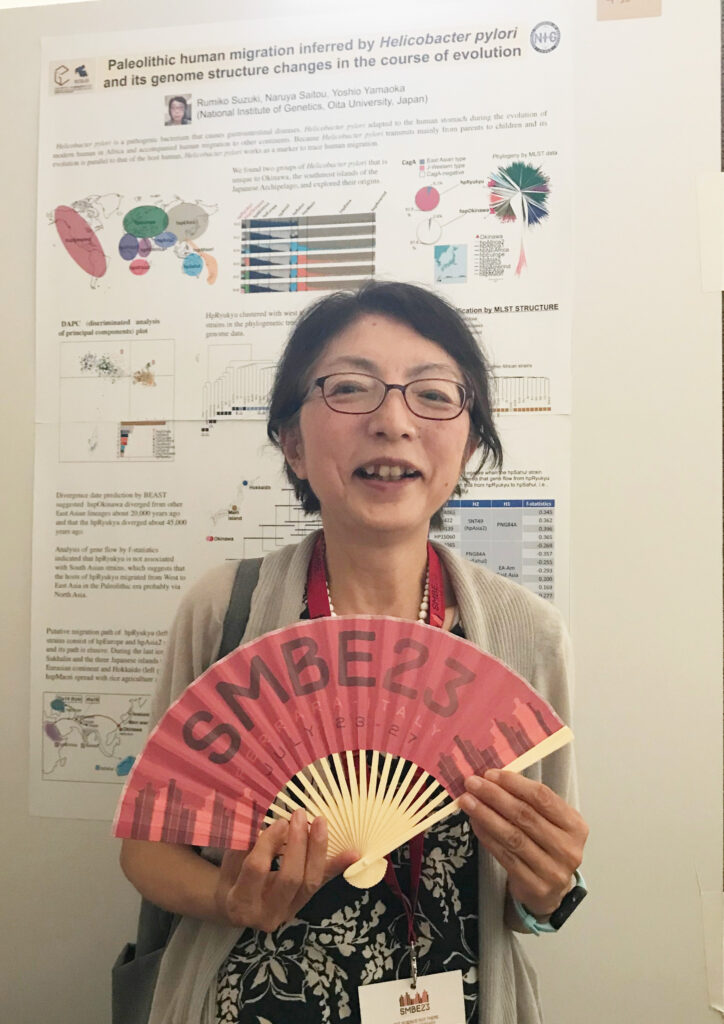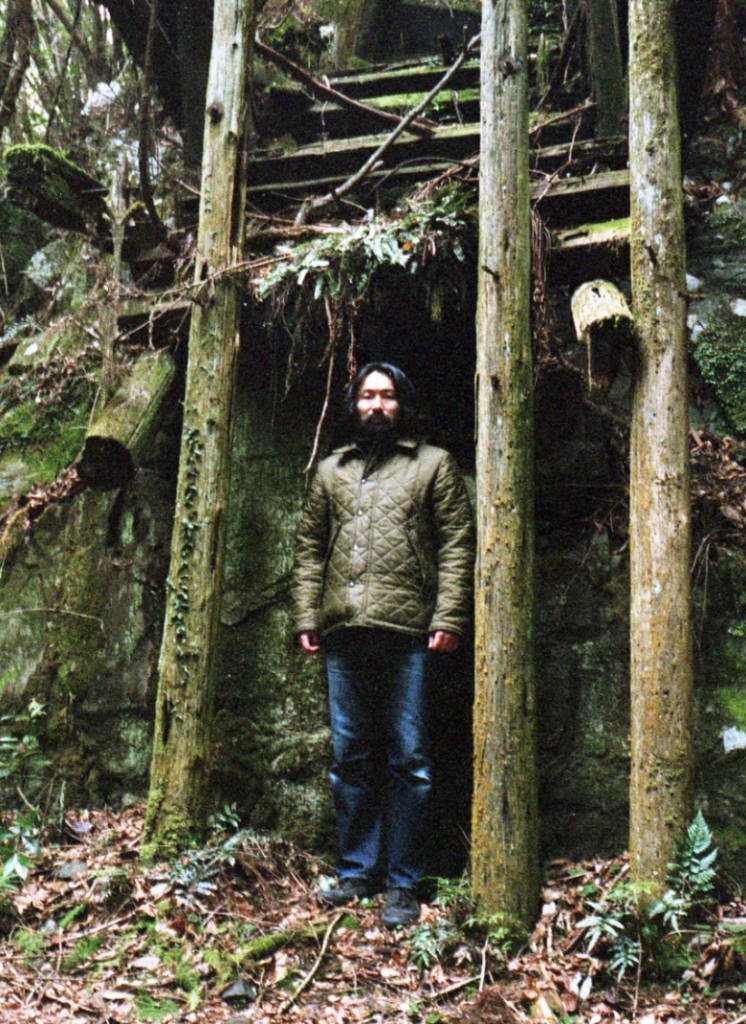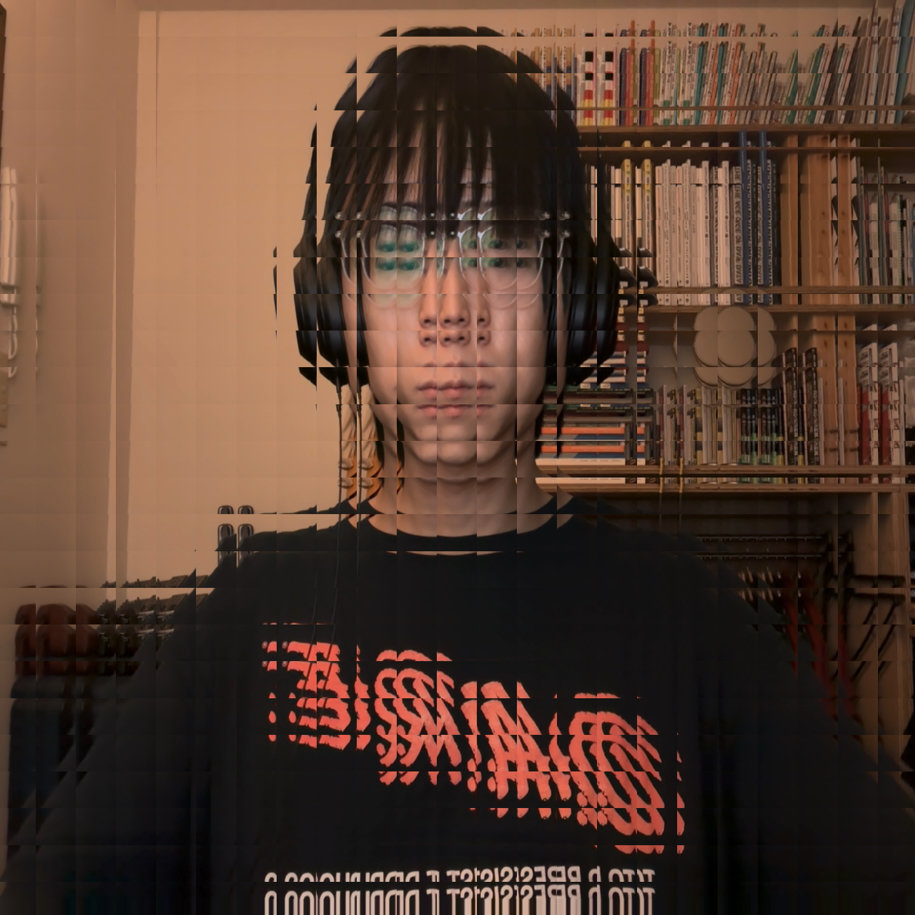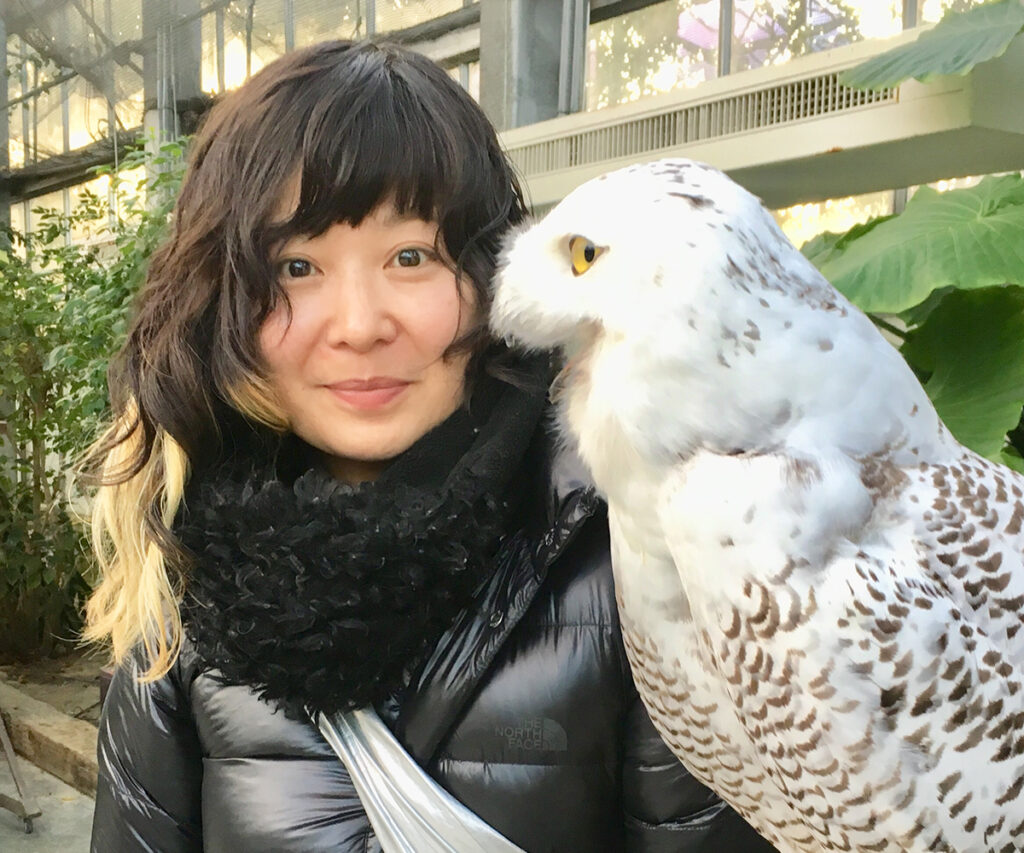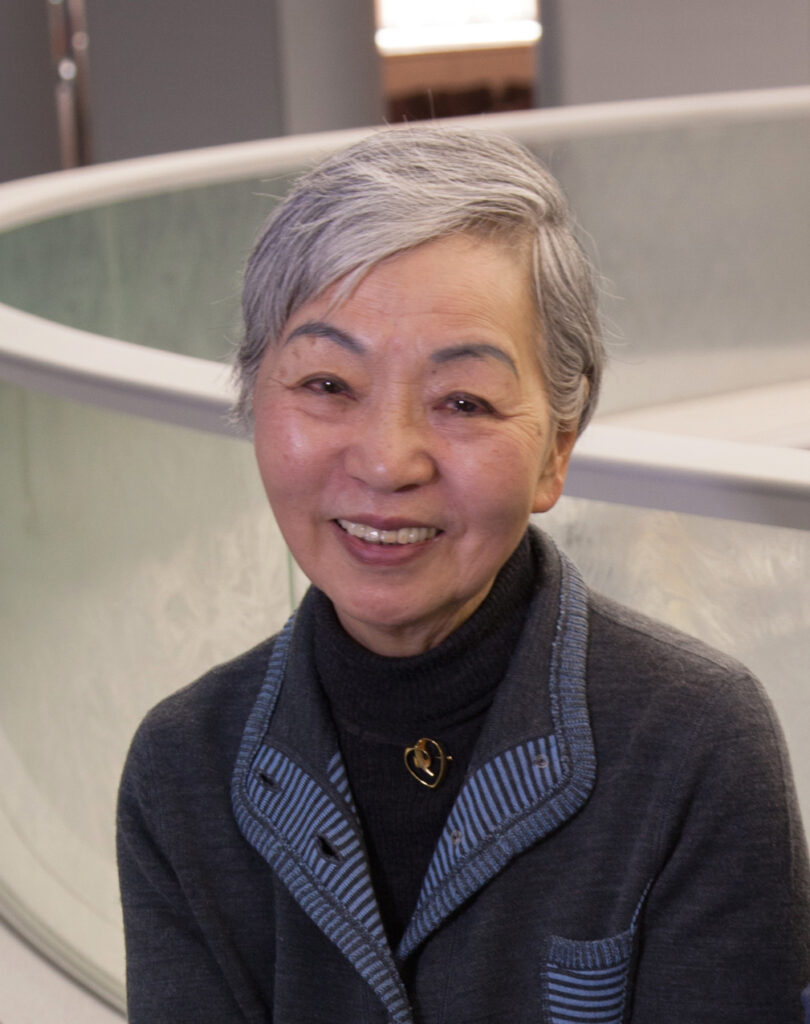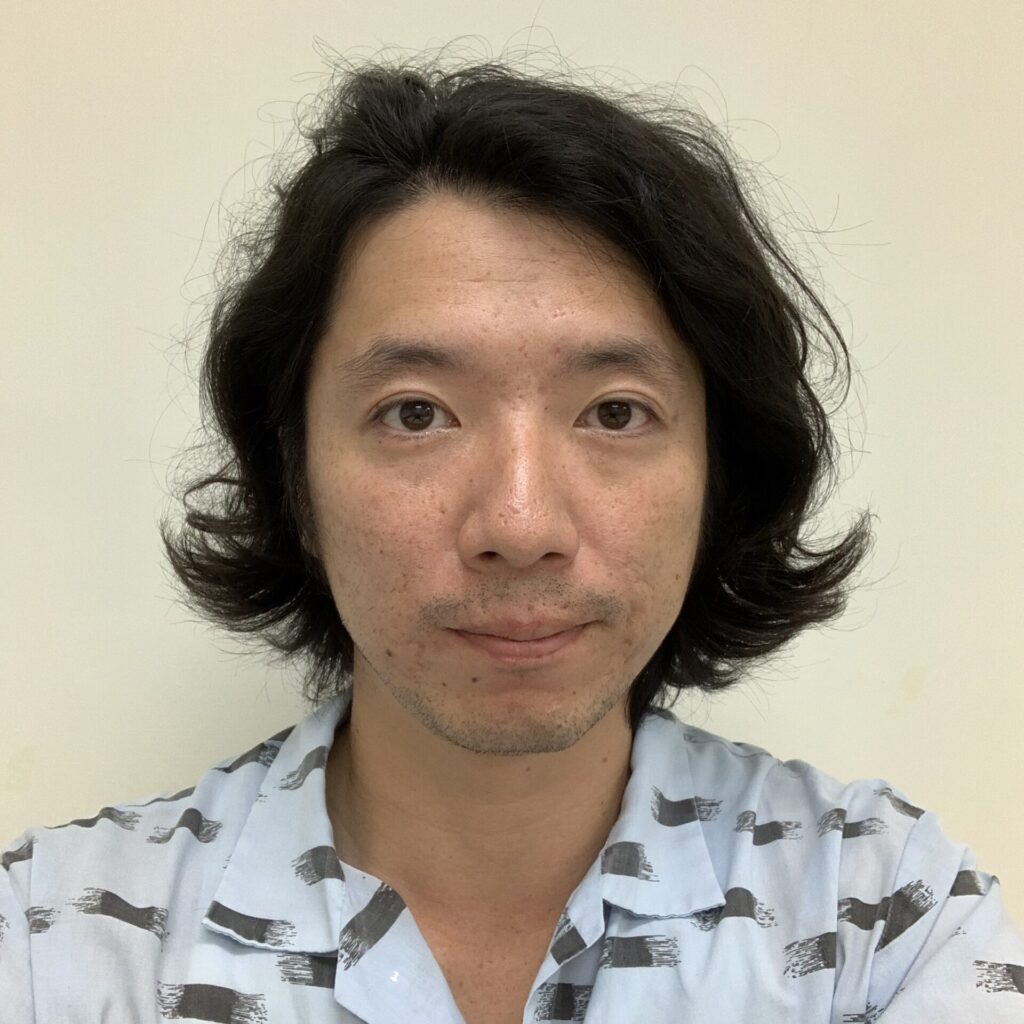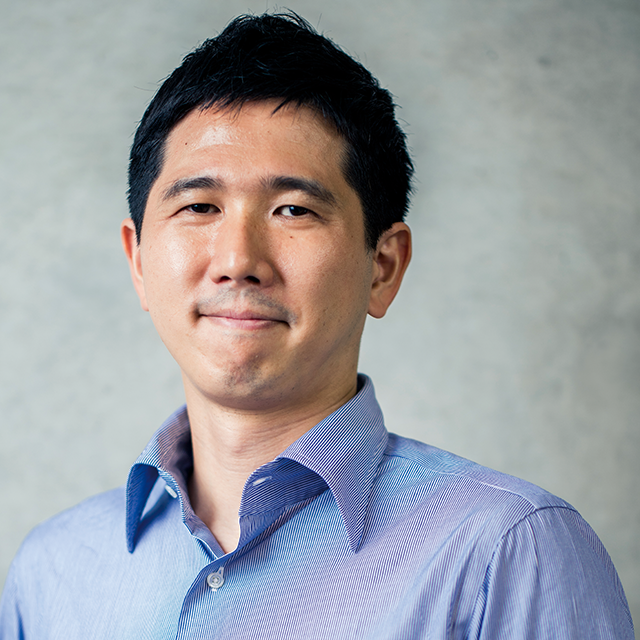Civic Creative Base Tokyo’s Future Ideations Camp is a series of intensive workshops bringing different kinds of people together to work collaboratively and creatively with art and digital technologies. Twenty selected participants take part in several days of lectures to acquire new ways of thinking, workshops for building skill sets, and collaborative group activities. During the camps, the general public are also able to attend talks and presentations of the results. Along with learning about the challenges related to each edition’s theme, participants employ creative approaches to engage with social issues and undertake collaborative group work with the aim of proposing new ideas for the future.
During the five-day camp, participants attempt to capture ecosystems as data and express them as information through the observation of microbial communities, plants and animals using DNA analysis, sensors and cameras. The exhibition presents scenes from the workshops and the results of the artworks and prototypes made by the participants.
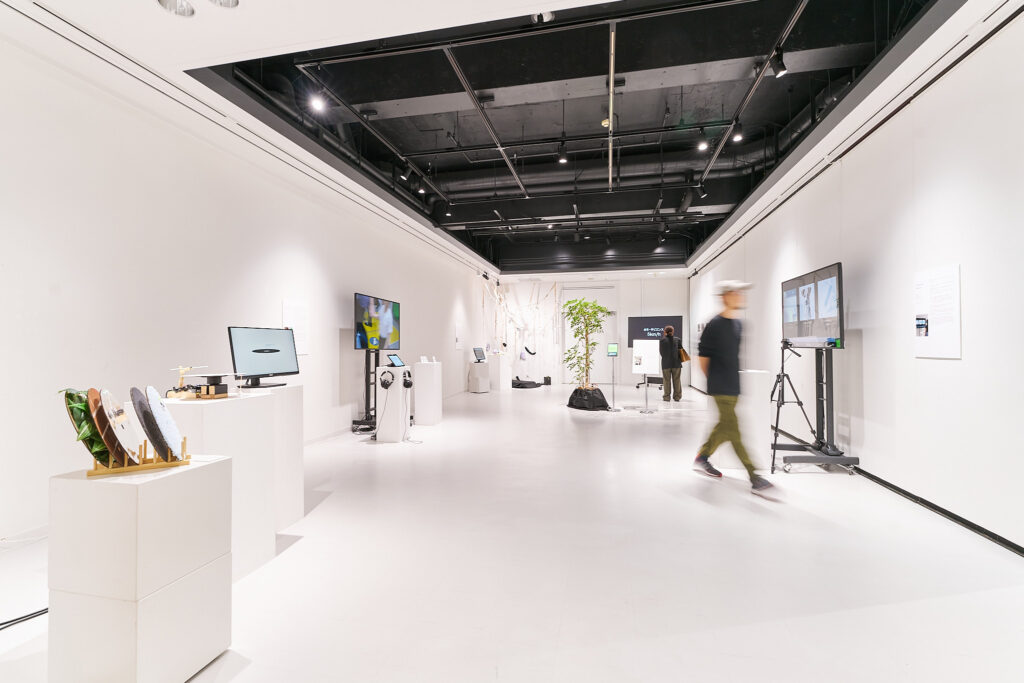
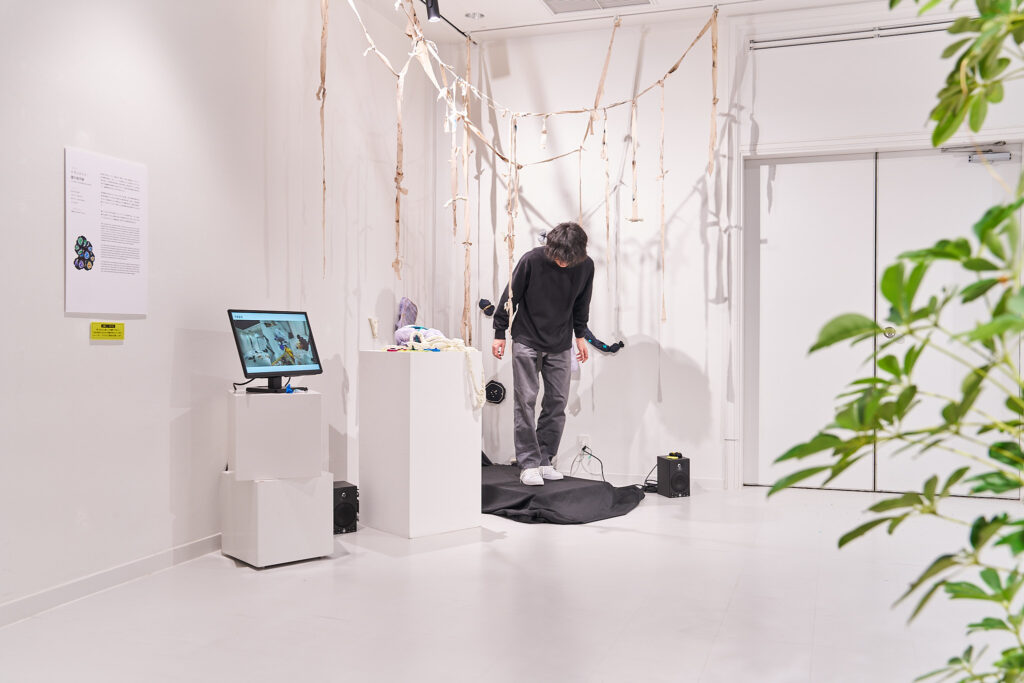
Exhibited works:
The Rustle of Living Things Ueda Yohei, Shibuya Kazufumi, Nanami, Hirayama Riki
In Transit: The Membrane Horizon Shion Kim, Tagochan, Tanaka Masato, YO_TEISION
Listen to Your Neighbors ssmtat、Ohira Mai, Sano Fushi, Shichi Tomomi, Tokuno Kihiro, Nakanokana, Hiramatsu Mamoru
Tried Quitting Being Human Arima Irin, Ogawa Aiyu, Koyama Nene, Niina Sakura
Unknown Noise Ochi Azusa, Kawahara Keita, Kanno Zen
Revolutional Playback Inokuchi Yohei, Nakahashi Yuri, Haneda Misa
Lecturers / Facilitators:
– Ikeda Takehide (PhD in physics and specializes in ecology and the study of animal behavior, Project Assistant Professor, Utsunomiya University)
– Ishikawa Yukako (urbanist, experience designer / Co-Director, for Cities / Director, Social Green Design / Director, watage)
– Ishibashi Tomoya (artist)
– Elizabeth Hénaff (computational biologist, artist)
– Oron Catts (artist / co-founder and director of SymbioticA)
– Konno Keina (program, experience designer)
– Suzuki Haruo (Associate Professor, Faculty of Environment and Information Studies, Keio University)
– Suzuki Rumiko (Project Associate Professor, Biological Networks Laboratory, National Institute of Genetics)
– Tsunoda Hajime (designer, engineer)
– Dorita (Takido Dorita) (artist, director, designer)
– Nakamura Keiko (doctor of science / Honorary Director, JT Biohistory Research Hall)
– Murakami Hisashi (Researcher)
– Yamabe Masaki (Data Visualization Artist, Specially Appointed Assistant Professor at Hitotsubashi University)
Program Directors:
– Enomoto Teruya (scientist, researcher)
– Tsuda Kazutoshi (researcher)

